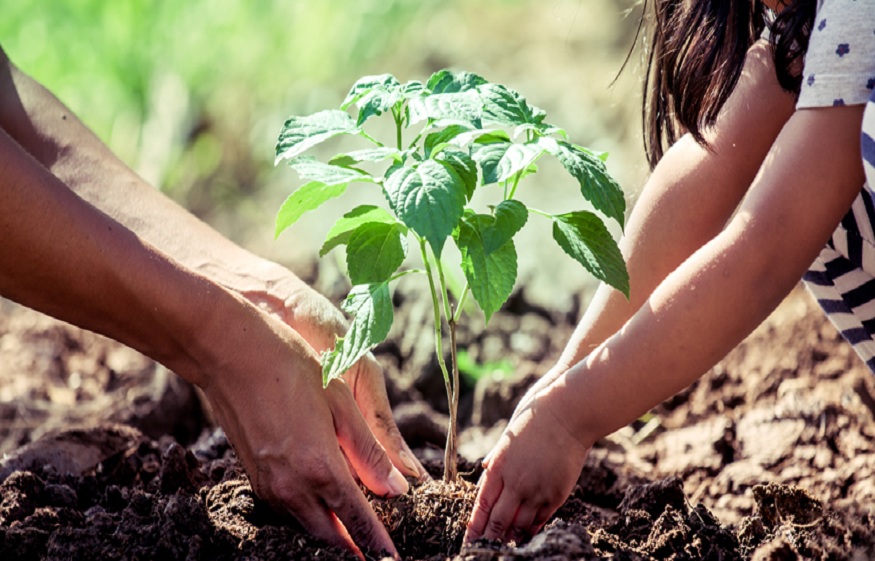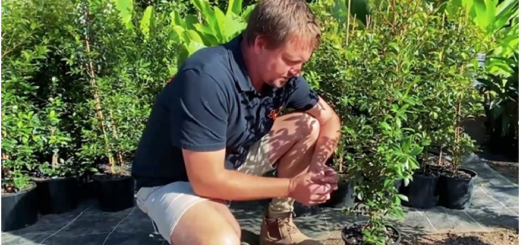Top Environmental And Health Advantages of Tree Planting
Tree planting is the process of transplanting tree seedlings for uses such as land forestry, reclamation, and landscaping. Many countries worldwide hold tree-planting activities, with different techniques used by other regions, organizations and countries.
In reality, we plant trees primarily for their aesthetic value and provide shade, but they can also offer various other benefits. Trees will help us unwind and reconnect with the natural world. Green is a cool colour that can help to relieve eye pressure quickly. You can help minimize noise, boost the environment’s appearance, lower energy prices, and many other benefits by planting trees.

Less Pollution
Trees can absorb toxic gases like ammonia, SO2, NOx, and ozone from the air and dust, smoke, and other contaminants and then filter pollutants out of the air by holding them on their leaves. Furthermore, trees are referred to as “the planet’s lungs” because they provide a large amount of O2 (oxygen), which needed by nearly all of the world’s population. A tree can provide enough oxygen for four people daily. On the other hand, air contaminants damage trees by affecting their foliage and weakening the food-production process. They also wreak havoc on trees by making them more susceptible to diseases and insects.
Peace
The average temperature would be higher than usual if tree coverage reduces and the number of buildings and heat-absorbing roads increases. Through shading, blocking sunlight, and releasing water vapour through their leaves, trees can cool the roads and the entire city. It can reduce the heat island effect caused by building & pavement. Trees will shade hard surface areas like patios, sidewalks, driveways, and houses, reducing landscape heat load. It is one of the most critical environmental benefits of trees, and people should be aware of it and plant more trees in their cities to significantly minimize outdoor temperature.
Reduce Soil Erosion and Save Water
Trees can slow water evaporation. The majority of newly planted trees only need 57 litres of water per week. As trees transpire, they can cause an increase in atmospheric moisture. Trees will also help to protect water sources from contamination. Rainfall broke by trees, which slows runoff while allowing water to flow down the trunk. It implies that trees help many cities control flooding by stopping pollution from being transported to the ocean by stormwater. When trees are covered, they behave like a sponge, filtering water naturally and then using it to replenish groundwater.
Conservation of Energy
A direct economic advantage of trees is energy conservation. Suppose you want to save money on air conditioning, plant trees on the west and south sides of your house. And, if you want to conserve electricity by having windbreaks, you can plant trees on the north side of your building to intercept winter winds. They can block warm sunlight if planted on the west or south sides. If you’re not sure how to pick the right species or where to position them to save the most resources, seek professional support. It is a brief description of one of the benefits of trees to humans, so people do not look down to lower the electric bills.
Conclusion
Thus, you believe that trees are beneficial to your current health or surroundings and that they can also benefit others. In that case, you can plant more trees and encourage others for Online Nursery for protecting them from damage.














